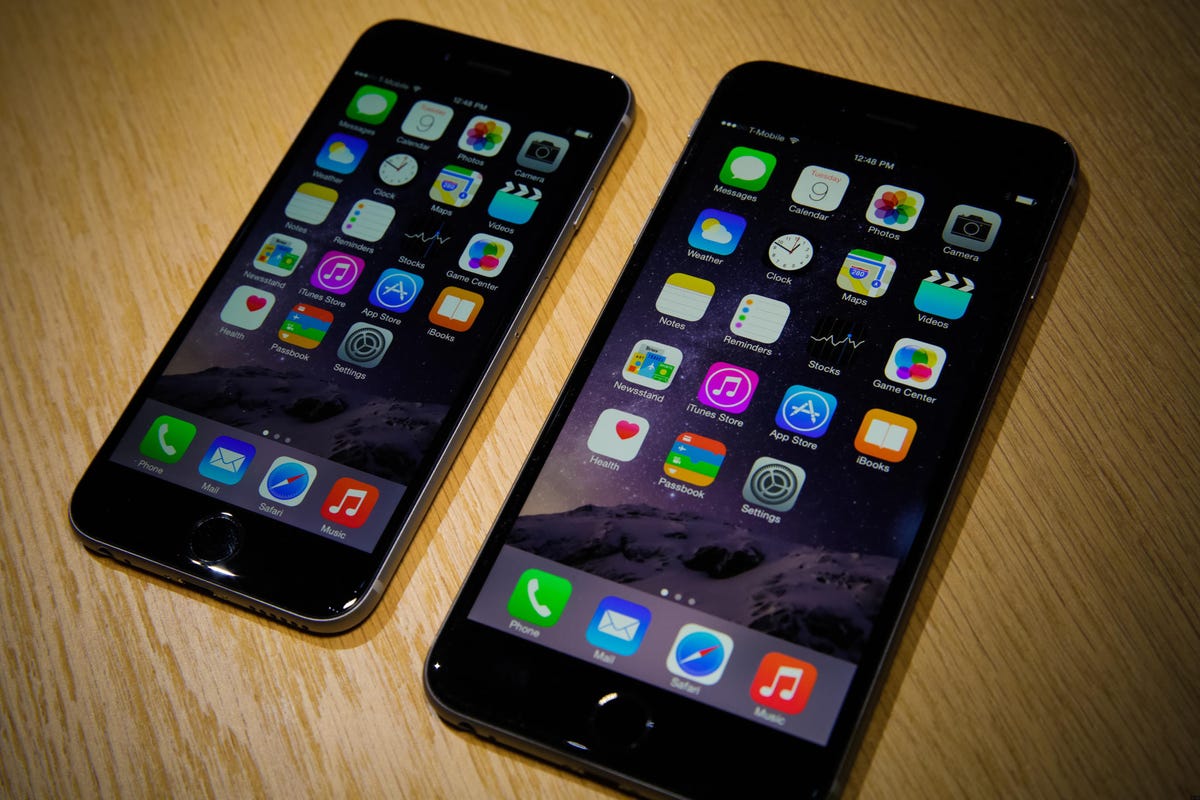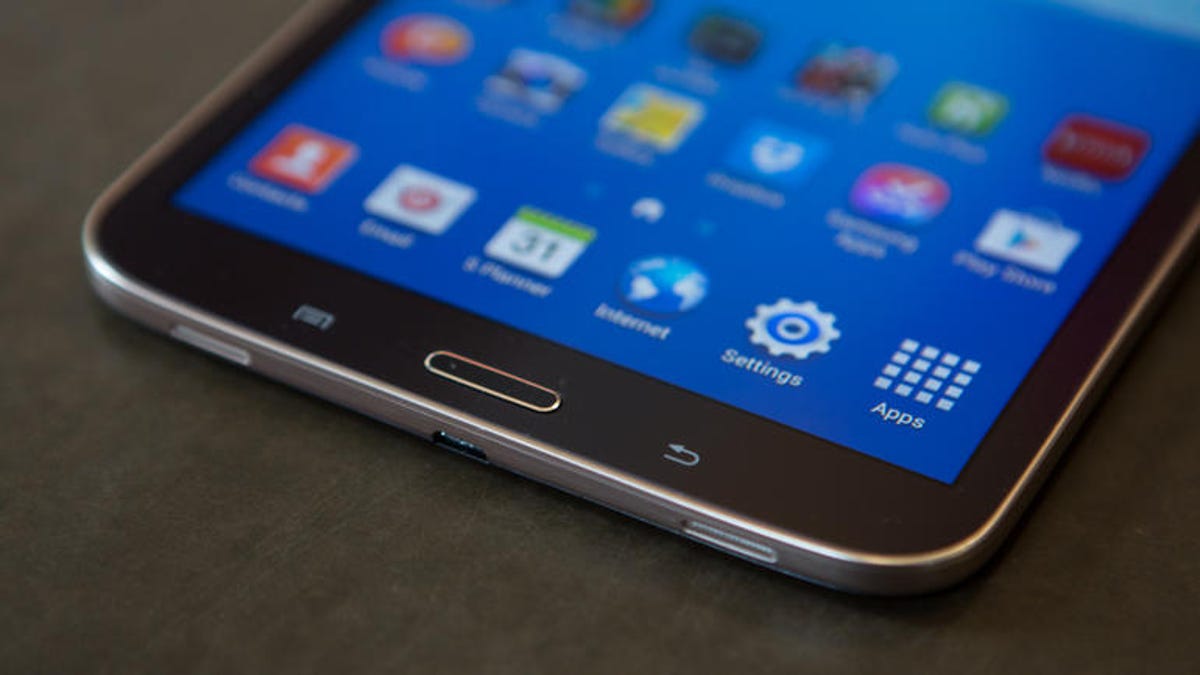
As a long-time iPhone user, I finally gave up the ghost after getting a serious case of big-screen envy and swapped my iPhone 4S for a Samsung Galaxy S4 and later a Galaxy Note 3. The larger screen was just what I was looking for, but getting used to the Wild West of Android after living in a walled garden required a period of adjustment and retraining.
With the iPhone 6 and 6 Plus, the big-screen iPhone I told myself I had been waiting for was here. Switching back would be like slipping on a comfortable old shoe, or so I thought. Going from iOS to Android was tough, but going back from Android to iOS was in some ways even more of a culture shock, and these are the top five changes I struggled with immediately.

The back button
The one-button design of an iPhone is simplicity itself. But, it turns out that any additional functions in an app, besides returning to the home screen, requires an on-screen button or widget, and these lack consistency from one app to the next. I didn't appreciate it at the time, but having that right-side Android back button that worked the same way almost everywhere was something I missed immediately. (To a lesser extent, the same thing goes for the left-side menu button.)
Slide right to unlock, instead of up
Yes, you should be using your fingerprint to log into an iPhone, but there are times you need to do it manually. I got so used to flipping my thumb up to unlock my Android, that it takes two or three tries to unlock my iPhone 6 Plus. Will I regain the muscle memory to do it right? I'm sure it'll only take a week or so, but in the meantime, it's something you have to stop and think about.
Permissions and preferences in Settings
In one sense, the way iOS consolidates most of the permissions and options for apps in the central settings menu is easier, and gives me more confidence that app-makers are playing by the rules I set. On the other hand, I found myself constantly jumping out of apps and back into Settings, which gets old quickly.
I'm back down to one messaging app
Hey, WhatsApp, Viber, Google Hangouts and the like, it's been fun, but going back to iOS means going back to iMessage, which is handy for consolidating my chats across mobile and desktop. I'm sure there are more comprehensive ways to cram every form of text-based communication into a single app, but the overall lack of friction in iMessage is a welcome surprise.
Now I have to think about maps again
Just as on every Windows 8 PC I test, one of my first steps is to download and install Google's Chrome browser, your first move on an iOS device should be to download and install Google Maps (pictured here), and then plant it on your home screen in place of the default Apple Maps app. The result is better than using Apple's still-hobbled app, especially if (like me) you frequently want to map routes via public transportation. But, it's still not as baked-in to the OS as it was in the pre-Apple Maps days, or on my Android phones.
The more things change
Within a week or two, I suspect that most of these surprises will feel natural again, and I'll have forgotten the learning curve (except for the back button, I'm pretty sold on that concept). But I'm sure there are more hurdles to be found switching back and forth between iOS and Android (to say nothing of Windows Phone or BB10). Post your biggest surprises when switching, or switching back, in the comments section below.

